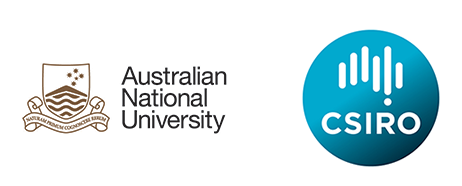
The Square Kilometre Array (SKA) will be the world’s next great radio telescope that will change our view of the universe and the galaxies within it. Radio telescopes like the SKA give a unique view of galaxies by showing of their most basic ingredient: gas. It is from gas that stars form and to gas that they return when they die. The gas within a galaxy also acts as its atmosphere, conveying galactic ‘weather systems’ from one place to another. Our own galaxy, the Milky Way, has many mysteries. For example, to keep up its voracious habit of star formation the Milky Way must receive a steady trickle of fresh gas from intergalactic space, but we have yet to find the source of that gas trickle. Professor McClure-Griffiths will take us on a tour of the Milky Way, revealing how the SKA will revolutionise our understanding of the galaxy, and by extension other galaxies.
Professor McClure-Griffiths is a professor of radio astronomy and Australian Research Council Future Fellow at the Research School of Astronomy and Astrophysics (Mt Stromlo) at the Australian National University. She uses the world’s largest radio telescopes to study our galaxy and nearby galaxies. Since coming to Australia from the US in 2001, she held senior roles at CSIRO before moving to the Australian National University in 2015. Professor McClure-Griffiths is heavily involved in science planning for the Square Kilometre Array and a member of the International SKA Science and Engineering Advisory Committee. She is a principal investigator on two of the planned sky surveys with the Australian Square Kilometre Array Pathfinder telescope (ASKAP).
5:30pm Refreshments
6:00pm – 7:00pm Talk and live streaming
View the rest of the Dawn of the new space age series
This talk proudly supported by

Events Manager (02) 6201 9462
events@science.org.au
Events Manager (02) 6201 9462
events@science.org.au
© 2026 Australian Academy of Science